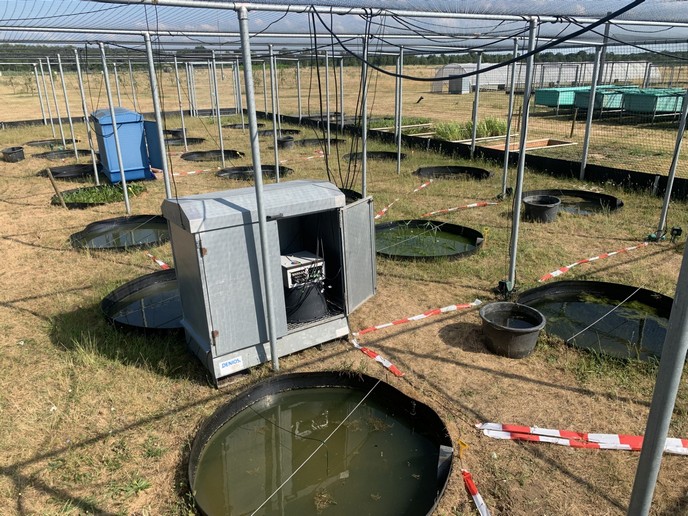Future environmental risks of emerging chemicals
By the year 2050, the world’s population will reach 9 billion. Three quarters of that number will be living in cities. Population growth, increased urbanisation and the strain of global warming directly impact ecosystems. With the support of the Marie Skłodowska-Curie Actions (MSCA)(opens in new window) programme, the ECORISK2050(opens in new window) project worked with a diverse consortium to deliver predictive models and mitigation tools to address chemical emissions, exposure, effects and mitigation in agricultural and aquatic environments under climate change scenarios.
Environmental science consortium
As an MSCA Innovative Training Networks initiative, a major project goal was to nurture the next generation of environmental scientists. Thirteen PhD students from across Europe participated in the project by reviewing literature, performing experiments, analysing data, and developing mitigation tools that can protect water and soil from the interactive effects of climate change and chemical pollution. ECORISK2050 worked with partners beyond universities and research institutions. The project brought together consultants, industry representatives and governmental decision-makers. The reason for this holistic approach is the complex nature of addressing environmental stress caused by human activity. According to project coordinator Paul van den Brink: “In order to be prepared for the societal effects of climate change, we must optimise the use of chemodiversity to move towards a safe and sustainable future. This transformation will require societal and institutional changes that strike a balance between the advantages of chemical use, innovation, and the need for sustainability and safety.”
Risk modelling and mitigation
Researchers took a multi-pronged approach to determine environmental exposure to chemicals and how that might change in the future under global conditions of climate change. Efforts to understand current pollution levels included identifying and analysing existing data and using that information to construct scenario-based models. With multiple data sources, ECORISK2050 developed prediction scenarios based upon socio-economic drivers and chemical emissions. These models took into consideration several factors, including population growth, warming temperatures, governmental regulation, and hydrologic aspects of chemical transport in air, water and soil. In addition to predictive models, the project developed tools and researched mitigation practices that could reduce the load of damaging chemicals in the environment. TENTACLE(opens in new window), a temperature and heat wave control engine that has been successfully applied in experimental settings, is one such tool. Mitigation strategies include designing more biodegradable chemicals, assessing technologies intended to remove pollutants from wastewater and reviewing European policies to make better environmental risk management recommendations.
Targets for future investigation
The project was wide-reaching, with explorations in northern and southern European environments. While some studies investigated the presence of substances like ibuprofen in wastewater or the coexistence of microplastics and pharmaceuticals in agricultural soil, pesticides and fungicides were the project’s primary focus. ECORISK2050 has set the stage for future projects to explore chemicals like herbicides, household cleaners and salt. In addition to studying a broader range of chemicals, improving available data is another critical focus for the future. According to van den Brink: “An important conclusion of the project is that scenario-based forecasting of changes in chemical emissions, exposure, effects and mitigation of chemicals like pesticides and pharmaceuticals is possible when sufficient data are available.” But in some cases, such as the spatial modelling of chemical transport, data were not adequate. Urbanisation coupled with climate change poses real risks for the effects of chemicals on the environment as well as human welfare. ECORISK2050, by investing in early-career scientists, has set the stage to anticipate challenges and mitigate damage.







